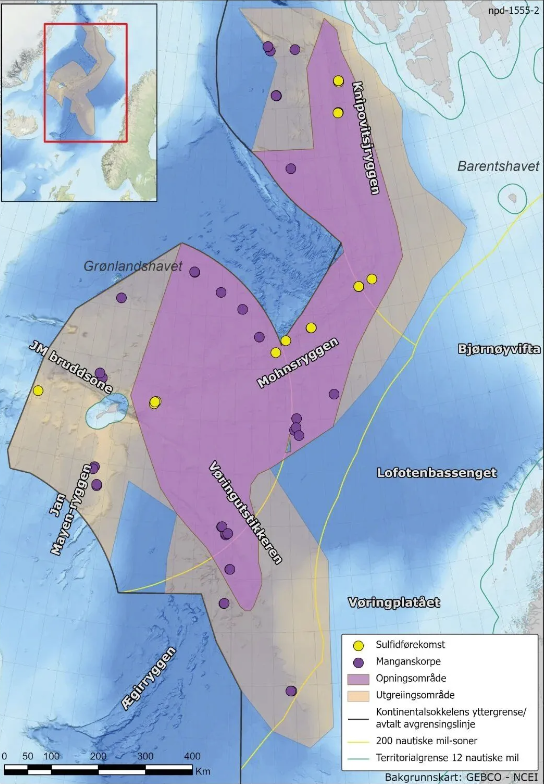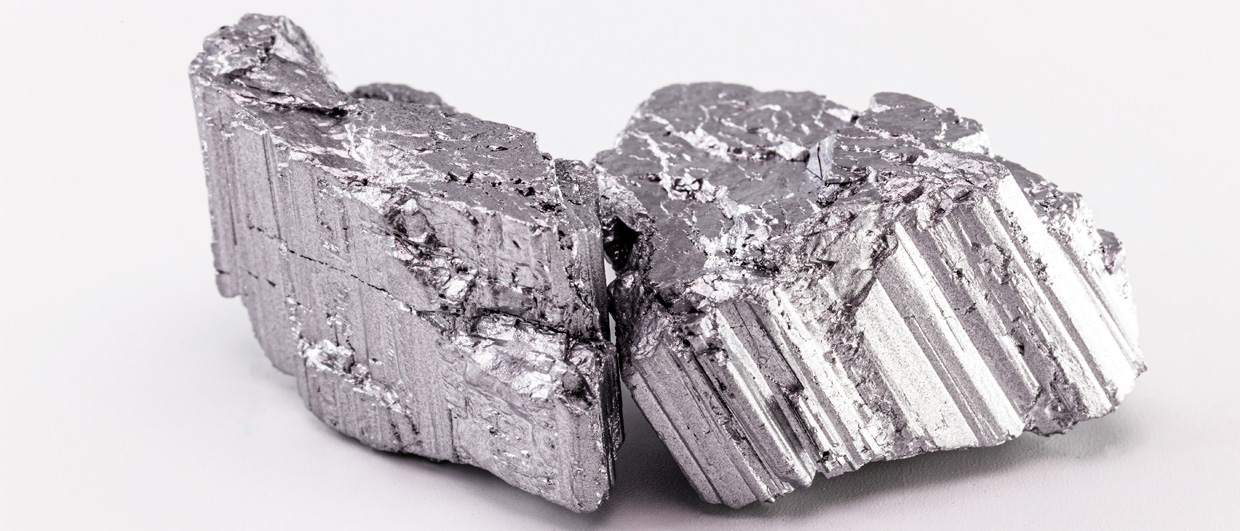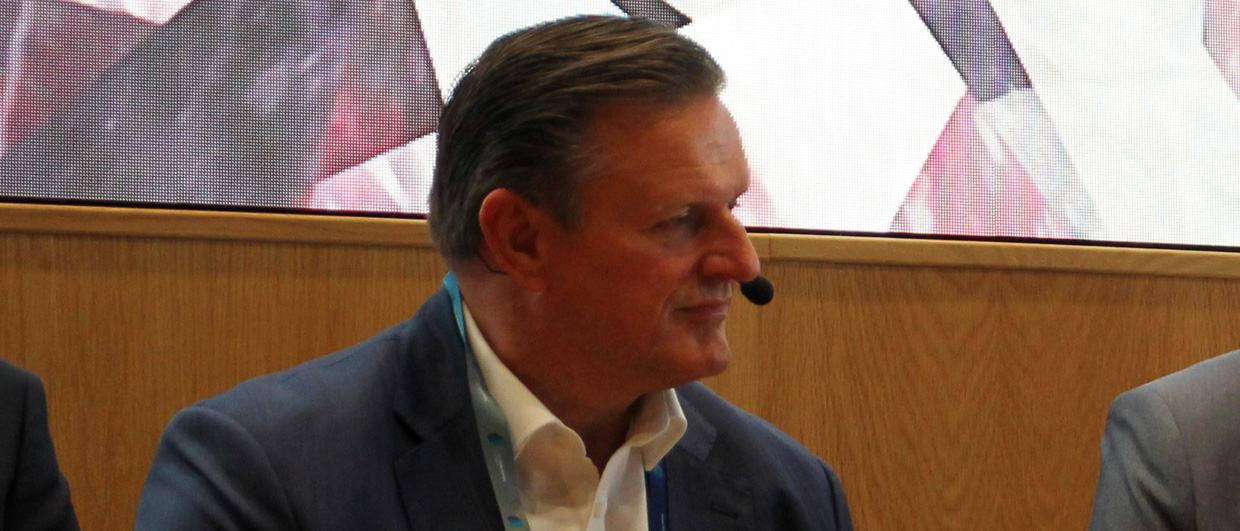The governing parties, the Labour Party and the Center Party, together with the Conservative Party and the Progressive Party, have secured a majority in parliament on the opening of mineral operations on the Norwegian continental shelf.
This was announced at a press conference at the Storting on Tuesday 5 December at 09.00.
Norway is thus among the first countries in the world to allow such activities – exploration activities are already underway around the Cook Islands and in the Clarion-Clipperton Zone in the Pacific Ocean.
In June, the government presented the report to the Storting with the proposal to open up mineral activities within a 281,200 km2 area in the Norwegian Sea and the Greenland Sea.
In this area, which includes the spreading ridges, we find mineral resources in the form of massive sulphide deposits and cobalt-rich crusts.
Conservative Bård Ludvig Torheim said during the press conference that the framework has been tightened, following negotiations between the parties and based on the input that came in the consultation rounds. He said: “We believe we have a stronger and better framework for mineral mining now. We also have an updated knowledge base.”
The parties have agreed on this
- The Ministry of Petroleum and Energy announces specific areas for extraction permits, where the first phase is an exploration phase where private actors can secure rights.
- A work program must be drawn up for the exploration phase, and the majority in parliament has made it clear that requirements for the environment and environmental mapping must be made as part of the work programme.
- Plans for the extraction of deep-sea minerals must be submitted to parliament as a proposal before the ministry approves the extraction plan per the Seabed Minerals Act.
- The Norwegian Government will compile data from its own and private surveys, and eventually present an overall updated knowledge base and concrete requirements for extraction. The actors can then submit extraction plans to the ministry and parliament for approval.
- If strict requirements are met, extraction will be approved in certain areas where the impact on the environment is sustainable and justifiable.
- The four parties believe this is a sound framework that both ensures that environmental considerations are taken care of throughout the process, that Norway gains more knowledge about mineral deposits, the environment and species diversity in the deep sea, while at the same time that players in the industry gain sufficient predictability to invest in a new industry that can contribute to great value creation in the future.






